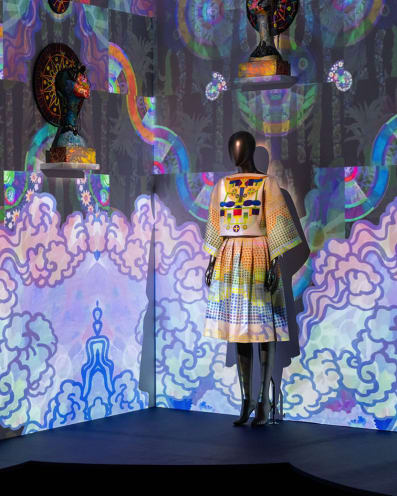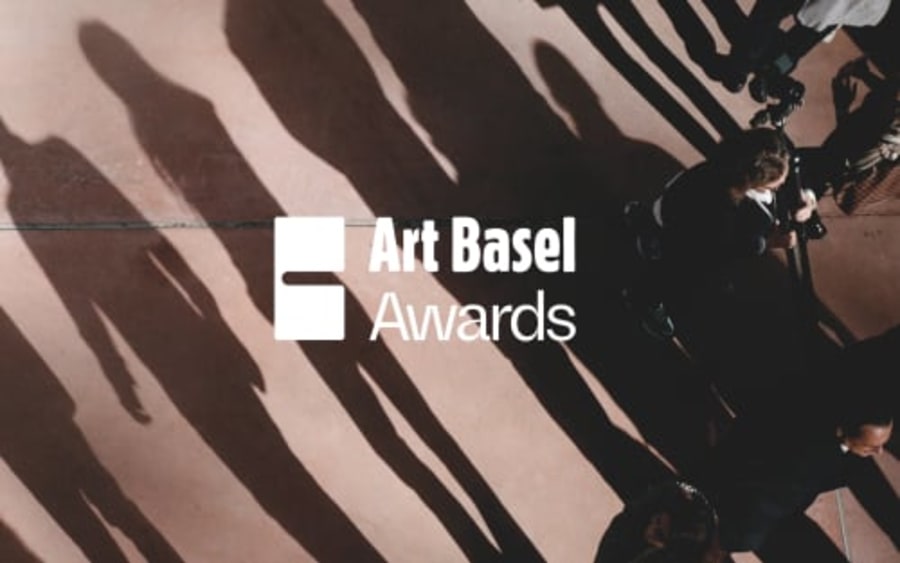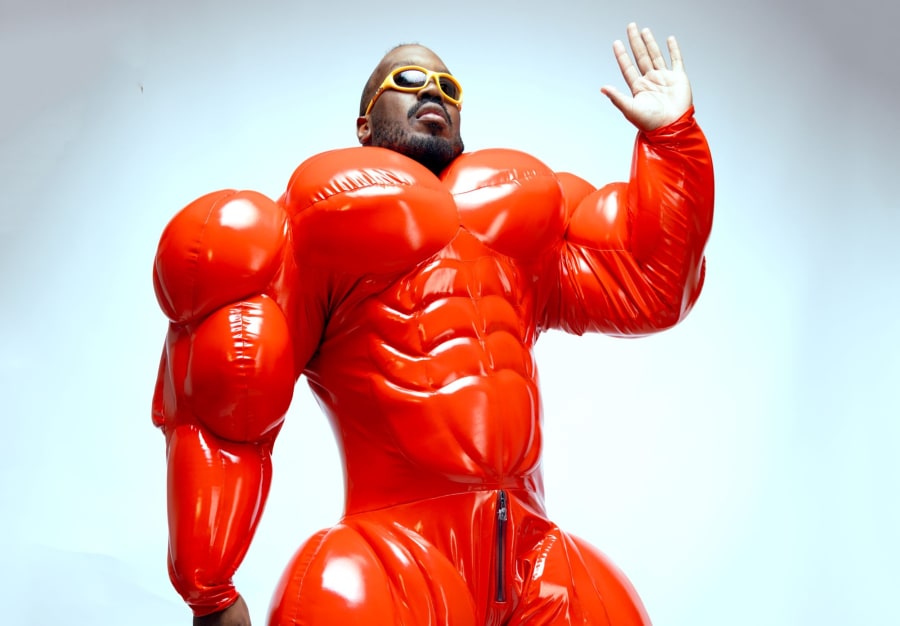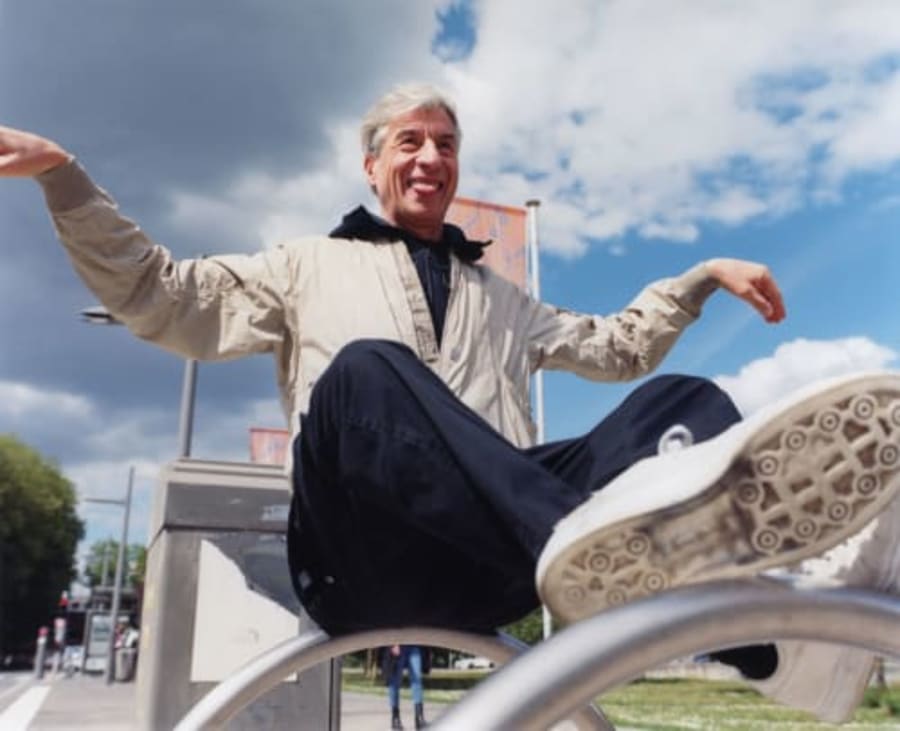
Empathy is in short supply today – artist Saya Woolfalk intends to change that
An exhibition at New York’s Museum of Arts and Design presents two decades of her fantastical work

Empathy is in short supply today – artist Saya Woolfalk intends to change that
An exhibition at New York’s Museum of Arts and Design presents two decades of her fantastical work

Empathy is in short supply today – artist Saya Woolfalk intends to change that
An exhibition at New York’s Museum of Arts and Design presents two decades of her fantastical work

Empathy is in short supply today – artist Saya Woolfalk intends to change that
An exhibition at New York’s Museum of Arts and Design presents two decades of her fantastical work

Empathy is in short supply today – artist Saya Woolfalk intends to change that
An exhibition at New York’s Museum of Arts and Design presents two decades of her fantastical work
By Brian Boucher
Empathy occupies increasingly contested territory in contemporary culture. As social media algorithms reinforce existing beliefs, polarization deepens, and debates continue about who deserves compassion, understanding others has become unexpectedly complex. Against this backdrop, Saya Woolfalk’s work offers an alternative vision. Her exhibition at New York’s Museum of Arts and Design introduces visitors to the Empathics – a plant-human hybrid species characterized by profound understanding and interconnection. Through diverse media, the artist explores how empathy might transform our fragmented world.
When Woolfalk first conceptualized her Empathics, she was addressing a society already struggling with meaningful connection. Her exhibition has the fortune, good or bad, of opening at a moment when empathy has supposedly been ‘weaponized.’ The good news is that the artist convincingly – with tenderness, skepticism, and humor – evokes a kinder world, and visitors find themselves in the presence of that rare body of artwork that even evokes the sacred.
‘It was a very different art world’ when she started, the artist said in a recent walkthrough of the show. ‘My work is made thinking about conversations in the contemporary art world. There weren’t that many artists of color being represented in the mainstream art media, so I started thinking about how I could integrate stories that related to me and my community into this larger art world.’
Woolfalk’s largest survey yet, ‘Empathic Universe’ has been organized by the museum curator Alexandra Schwartz and incorporates work from two decades, during which time the artist has had solo exhibitions at institutions ranging from SCAD Museum of Art in Savannah, Georgia, to the Asian Art Museum of San Francisco. Including work in mediums spanning video, sculpture, installation, works on paper, and artist-fashioned clothing, this new show conjures an elaborate set of fictions and evokes a utopia where people can be rid of the prisons of racism and sexism. Born to a Japanese mother and a father of European American and African American ancestry, the artist is committed to hybridity in a factionalized world.
The exhibition looks at Woolfalk as a world-builder, similar to artists like Trenton Doyle Hancock, Takashi Murakami, Wendy Red Star, and Jacolby Satterwhite. In creating her worlds, she draws on Afrofuturist thinkers like Octavia E. Butler and science-fiction writers such as Ursula K. Le Guin. Her library also stretches back to the Renaissance humanist Thomas More, author of the 1516 book Utopia and coiner of the term, which in Greek means ‘no place’; the notion of a perfect world always carried a dimension of humor and melancholy.
The show begins with work from Woolfalk’s days in the MFA program at the School of the Art Institute of Chicago. In a section titled Lovescape, several female mannequins wear alternately cute and grotesque pastel outfits, some sporting giant, toothy heads. Inspired by feminists such as the polymath Eleanor Antin, Woolfalk was exploring the fashion industry’s presentation of women and developing what she calls ‘an alternative cosmology of desire.’ Sweethearts (2004) shows two figures joined at the tongue.
Crucial concepts come together in a section called the Utopia Conjuring Chamber, with a titular installation, Utopia Conjuring Chamber, Reconstruction of the Institute of Empathy, Greene County, New York (2012). The piece engages in institutional critique, riffing on the kind of dioramas the artist grew up seeing at New York’s American Museum of Natural History, which at first earned her admiration but later came in for questioning for seemingly embalming living civilizations. In her work, three figures, clad in bright regalia, complete with petal-like wings, giant floral designs, headdresses – and sneakers peeking out from under their robes! – surround a reclining figure.
The Institute, as a video explains, was founded to excavate a burial site whose bones mysteriously contained human and plant genes. A narrator explains that spores from those bones ‘simulated our own physical transformation’ into the Empathics, a metamorphosis anyone can now undertake. Nearby hang heads and skins that are grown and then shed by figures who, like that reclining figure, undergo this transformation, allowing them to enter any human society. Lucid dreams that arise during the process are translated into gorgeous abstract paintings, also hanging close by. Shed heads and similarly sloughed-off skins are sold to support the Institute’s research.
The artist toyed with the idea of actually creating an institute, the Visionary Reality Outpost, something along the lines of the one founded by the performance artist Marina Abramović. But Woolfalk has steered clear of the Serbian artist’s sale of products, keeping her work in the realm of metaphor. In fact, her imagined commercial venture, ChimaTEK, which grew out of the Institute, was meant to skeptically explore what happens when utopian ideas are co-opted into what the New York Times critic Ken Johnson once likened to a New Age boutique.
Woolfalk further fleshes out this world with pieces that deftly combine her handmade clothing and sculptures with digital projections, an audio tour created with New York’s Atlantic Acting School, performances developed in collaboration with the Ailey/Fordham BFA in Dance Program, and many more fanciful videos. This is the rare museum exhibition that has a wall label crediting a long list of collaborators/studio fabricators; as the artist once told Artnet News, ‘I believe different people – and different energies working in tandem – spark creativity,’ and she ensures those collaborators are acknowledged. She’s no guru, she insists, and it’s not just about her.
‘I didn’t want the work to be about my autobiography,’ she said. ‘I wanted it to be about the future-seeking utopian visions of my community.’
‘Saya Woolfalk: Empathic Universe’ is on view at Museum of Arts and Design, New York, through September 7, 2025. More information here.
Brian Boucher is a writer and art market commentator based in New York City.
Caption for header image: Saya Woolfalk, Floating World of the Cloud Quilt, from the “Visionary Reality Outpost” series, 2022. Saya Woolfalk: Empathic Universe at Museum of Arts and Design, New York, NY. Courtesy Museum of Arts and Design. Photo: Jenna Bascom.
Published on May 26, 2025.



